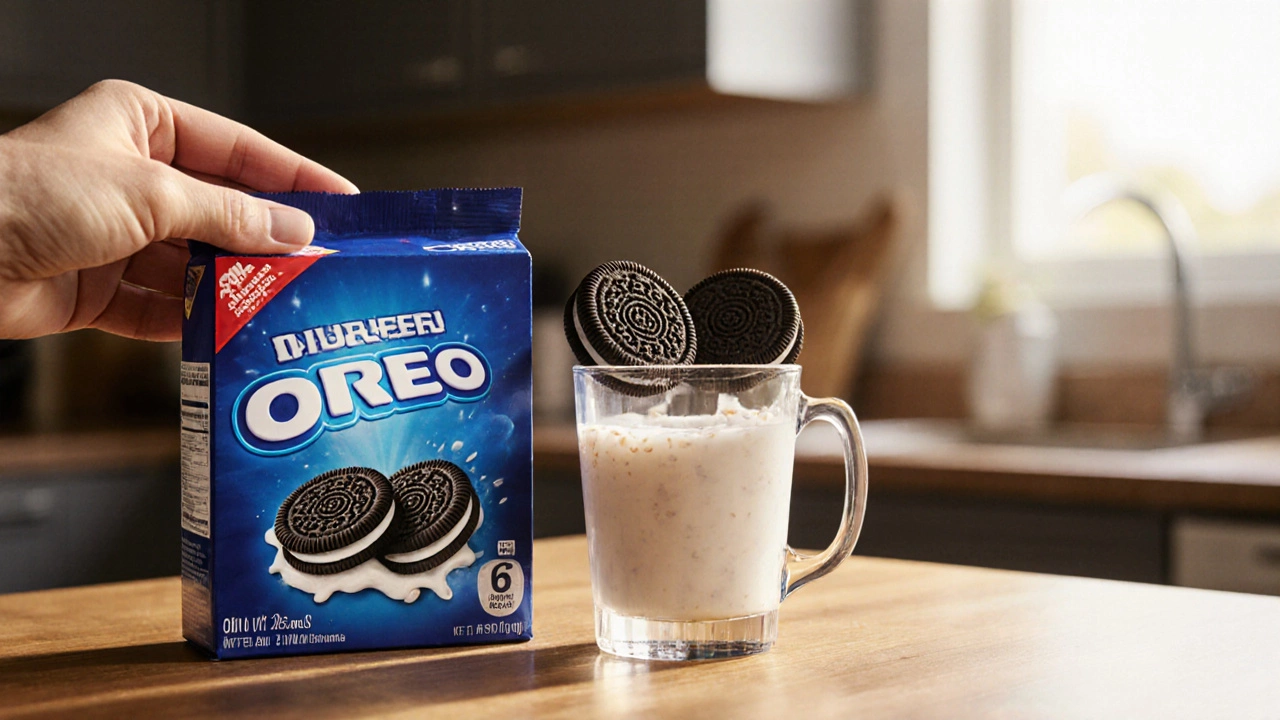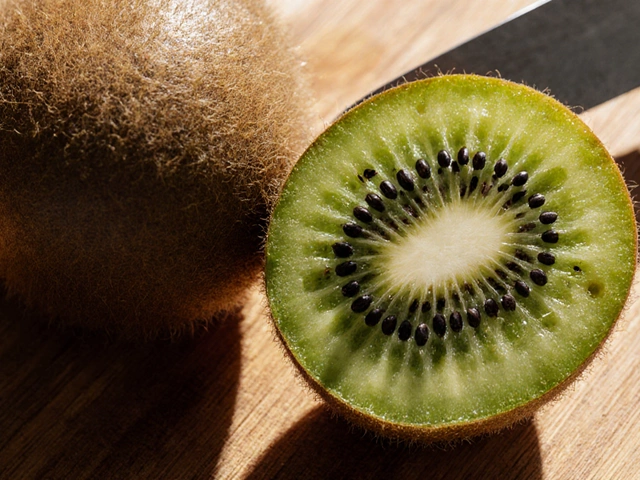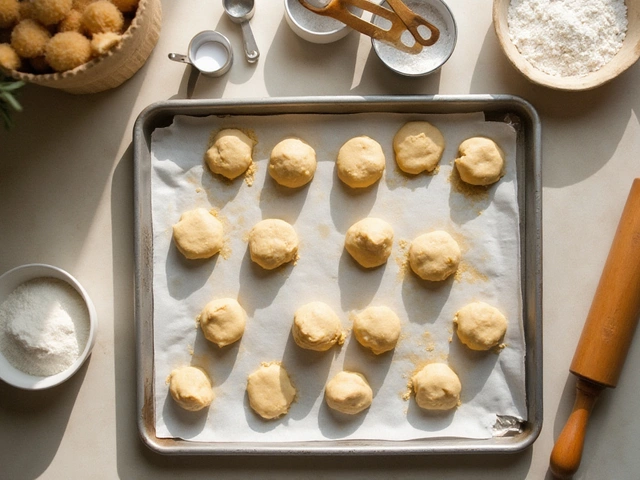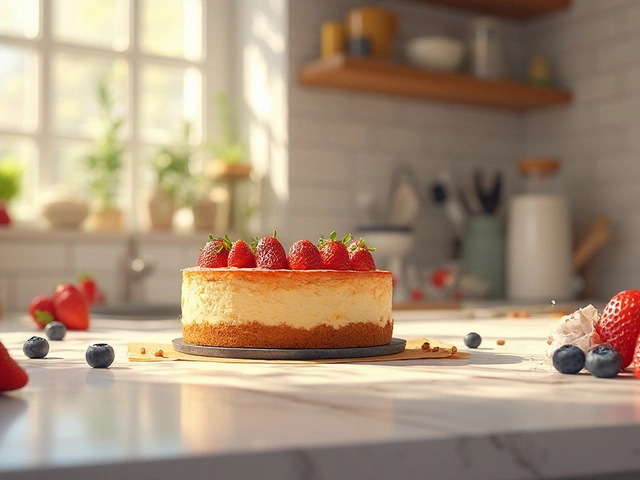Vegan Cookies – Plant‑Based Sweet Treats
When working with Vegan Cookies, cookies made without any animal products, using plant‑based ingredients for flavor and texture. Also known as plant‑based cookies, they offer a cruelty‑free alternative for anyone craving a soft, chewy bite. Alongside the main definition you’ll also meet plant‑based flours, gluten‑free or whole‑grain powders that replace wheat flour , egg replacers, ingredients like flaxseed gel, chia slurry, or commercial binders that mimic eggs , and vegan sweeteners, maple syrup, agave nectar, or coconut sugar that add sweetness without dairy . Vegan cookies encompass plant‑based ingredients, require egg replacers for binding, and rely on flour alternatives to achieve the right crumb – a triple of connections that shapes every recipe you’ll try.
First up, the flour choice sets the texture. Whole‑grain oat flour gives a hearty bite, while almond flour creates a tender melt‑in‑your‑mouth feel. Because these flours behave differently than wheat, you’ll often see the recommendation to mix two types for balance. This mix influences how the cookie spreads, how crispy the edges become, and how soft the center stays.
Next, binding is the secret behind chewiness. Flaxseed “egg” (one tablespoon ground flax + three tablespoons water) gels up in minutes, acting like a moisture‑locking net. Chia “egg” works the same way, but adds a subtle nutty note. Commercial egg replacers contain starches that mimic the structure of real eggs, making the cookie hold its shape without cracking.
Sweeteners also play a role beyond sugar. Maple syrup adds a caramel depth, while coconut sugar gives a mild, buttery flavor without a gritty finish. When you pair a liquid sweetener with a dry one (like a touch of brown sugar), you get a balanced sweetness that doesn’t make the dough too wet.
Gluten‑free and dairy‑free considerations often go hand‑in‑hand. If you’re avoiding gluten, verify that your flour blend is certified gluten‑free and that no cross‑contamination occurs in the kitchen. Dairy‑free isn’t just about skipping butter; many vegan recipes swap butter for coconut oil or vegan margarine, each bringing its own melt point and flavor profile.
Flavor twists keep the cookie game exciting. Add a handful of dairy‑free chocolate chips, dried cranberries, or toasted nuts for texture. For seasonal flair, stir in pumpkin puree and cinnamon in the fall or zest of lemon and poppy seeds for a bright spring bite. The possibilities are endless because the base formula is forgiving.
Tools matter, too. A silicone baking mat ensures even heat distribution and prevents sticking. A kitchen scale helps you hit the exact flour‑to‑sweetener ratio, especially important when working with absorbent flours like coconut flour. And a quick chill of the dough—15 minutes in the fridge—helps control spread, resulting in a uniform thickness.
What You’ll Find in Our Vegan Cookie Collection
Below you’ll discover a curated mix of guides, recipe ideas, and troubleshooting tips that cover everything from basic ingredient swaps to advanced flavor pairings. Whether you’re a beginner looking for a simple chocolate chip version or a seasoned baker hunting for a gluten‑free oat‑raisin masterpiece, the posts ahead have you covered. Dive in and start baking the plant‑based cookies you’ve been craving.

Are Oreos Vegan? Ingredients, Labels, and Alternatives Explained
Find out if Oreos are vegan, learn how to read labels, discover dairy‑free Oreo variants, and get a simple vegan Oreo cookie recipe.
View More




